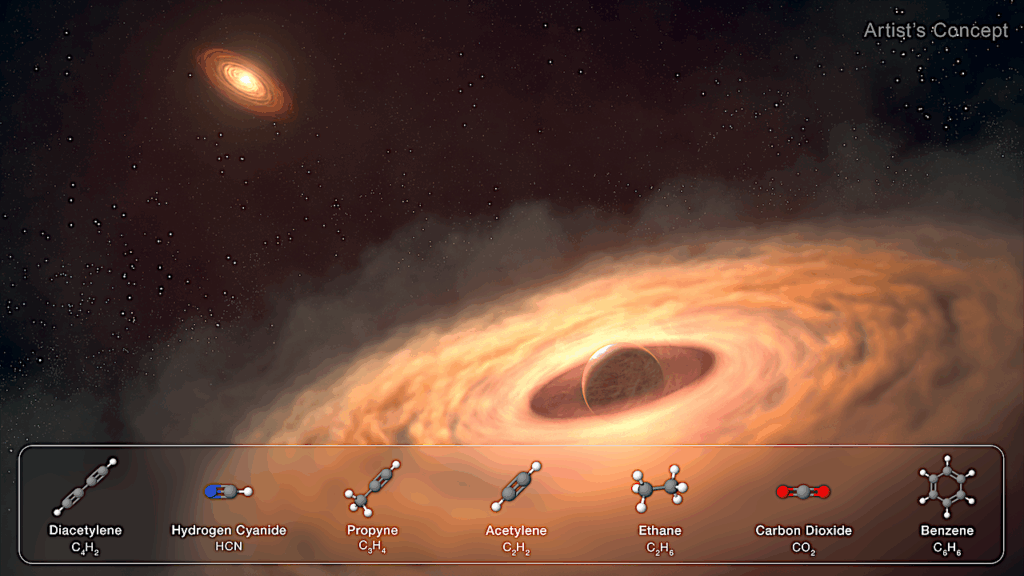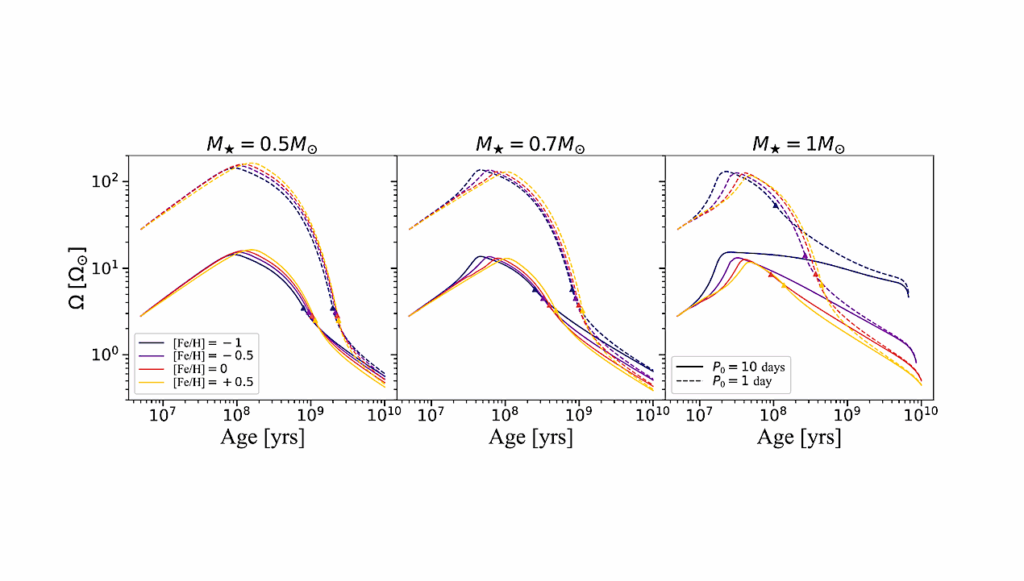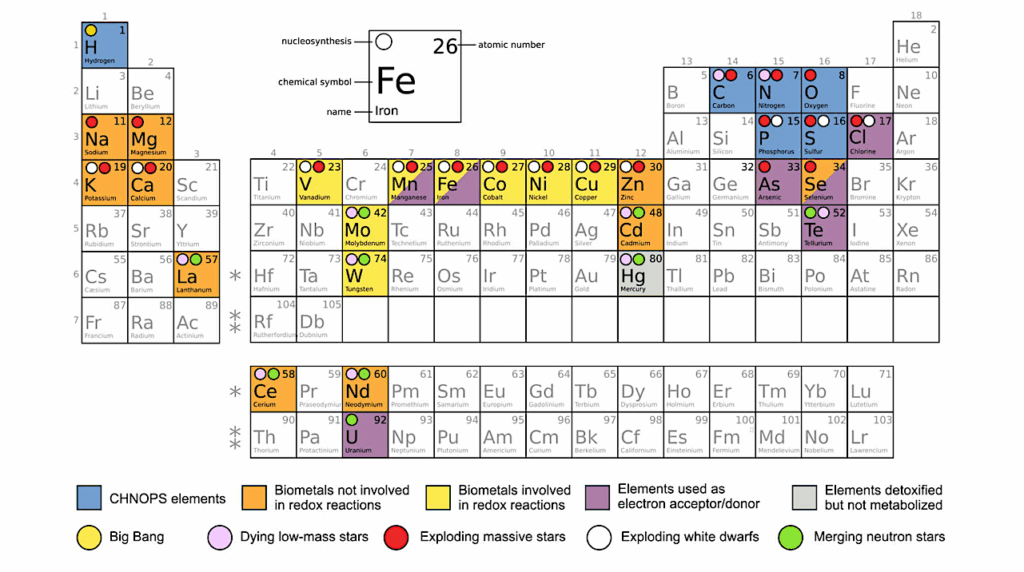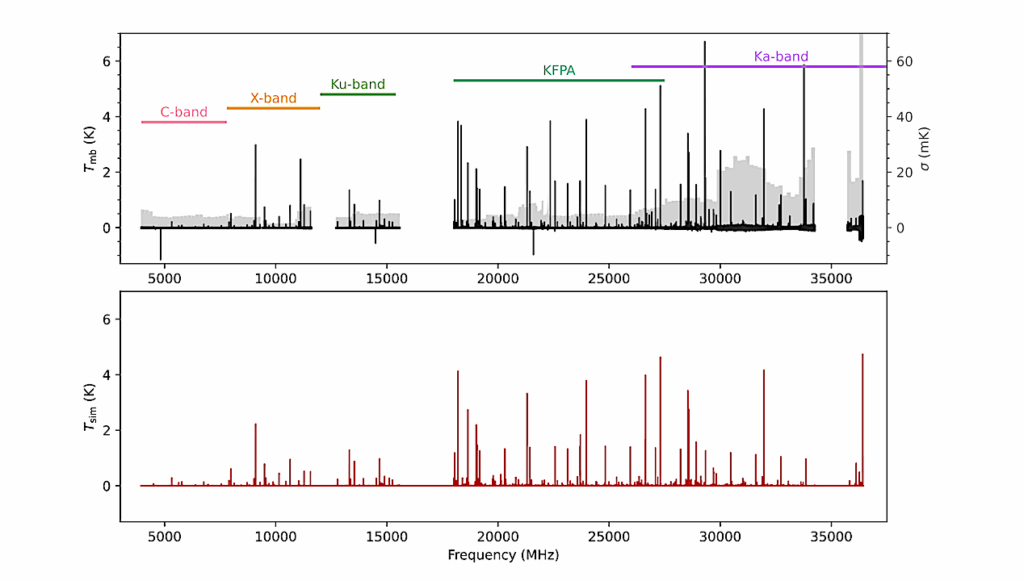Statistical Trends In JWST Transiting Exoplanet Atmospheres
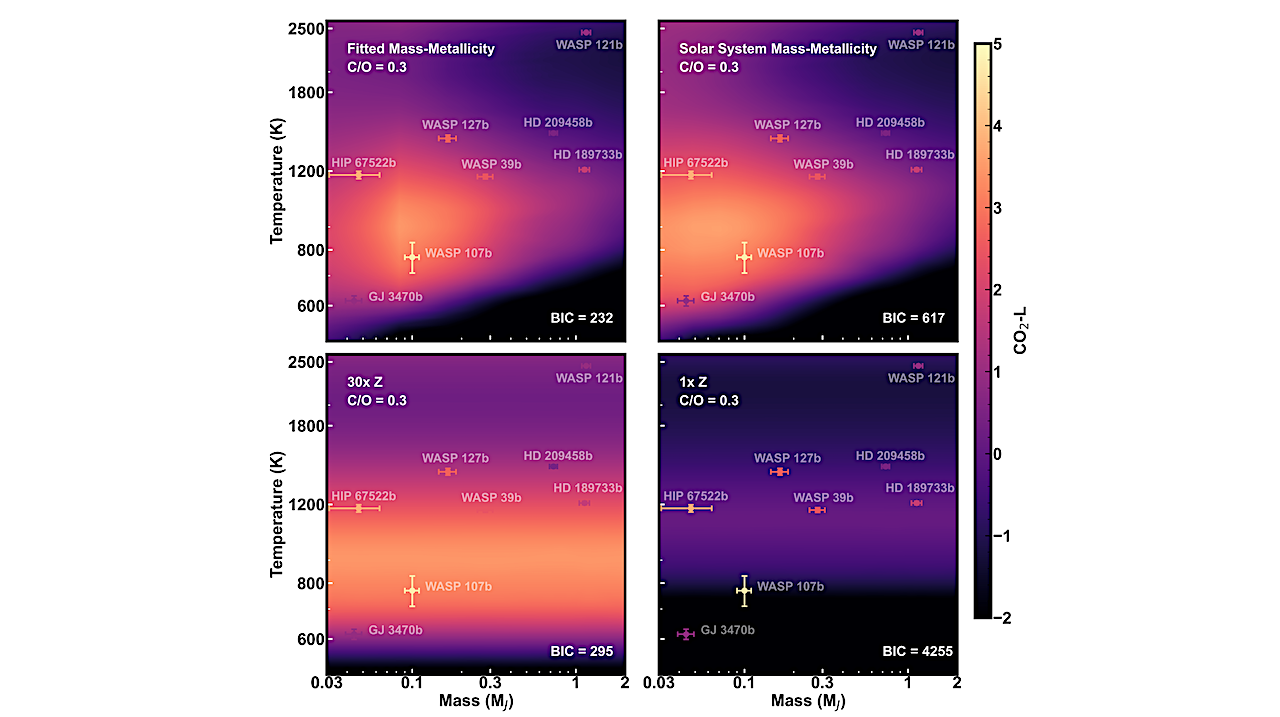
Our brains are hardwired for pattern recognition as correlations are useful for predicting and understanding nature. As more exoplanet atmospheres are being characterized with JWST, we are starting to unveil their properties on a population level.
Here we present a framework for comparing exoplanet transmission spectroscopy from 3 to 5μm with four bands: L (2.9 – 3.7μm), SO2 (3.95 – 4.1μm), CO2 (4.25 – 4.4μm) and CO (4.5 – 4.9μm). Together, the four bands cover the major carbon, oxygen, nitrogen, and sulfur-bearing molecules including H2O, CH4, NH3, H2S, SO2, CO2, and CO.
Among the eight high-precision gas giant exoplanet planet spectra we collected, we found strong correlations between the SO2-L index and planet mass (r=-0.41±0.09) and temperature (r=-0.64±0.08), indicating SO2 preferably exists (SO2-L>-0.5) among low mass (∼<0.3MJ) and cooler (∼<1200K) targets.
We also observe strong temperature dependency for both CO2-L and CO-L indices. Under equilibrium chemistry and isothermal thermal structure assumptions, we find that the planet sample favors super-solar metallicity and low C/O ratio (<0.7). In addition, the presence of a mass-metallicity correlation is favored over uniform metallicity with the eight planets.
We further introduce the SO2-L versus CO2-L diagram alike the color-magnitude diagram for stars and brown dwarfs. All reported trends here will be testable and be further quantified with existing and future JWST observations within the next few years.

Transmission spectra included in this study. All spectra are normalized by their respective atmospheric scale heights (H) and plotted with a vertical offset. All spectra cover the 2.7 to 5 µm wavelength range. We picked four bands: L (2.9 – 3.7µm), SO2 (3.95 – 4.1µm), CO2 (4.25 – 4.4µm) and CO (4.5 – 4.9µm) which are color shaded with blue, orange, red and grey respectively. These four bands cover major oxygen, carbon, and sulfur-bearing molecules such as H2O, CH4, NH3, H2S, SO2, CO2 and CO. — astro-ph.EP
Guangwei Fu, Kevin B. Stevenson, David K. Sing, Sagnick Mukherjee, Luis Welbanks, Daniel Thorngren, Shang-Min Tsai, Peter Gao, Joshua Lothringer, Thomas G. Beatty, Cyril Gapp, Thomas M. Evans-Soma, Romain Allart, Stefan Pelletier, Pa Chia Thao, Andrew W. Mann
Comments: Accepted to ApJ, JWST keeps on delivering!
Subjects: Earth and Planetary Astrophysics (astro-ph.EP)
Cite as: arXiv:2501.02081 [astro-ph.EP] (or arXiv:2501.02081v1 [astro-ph.EP] for this version)
https://doi.org/10.48550/arXiv.2501.02081
Focus to learn more
Submission history
From: Guangwei Fu
[v1] Fri, 3 Jan 2025 19:55:19 UTC (7,434 KB)
https://arxiv.org/abs/2501.02081
Astrobiology,


